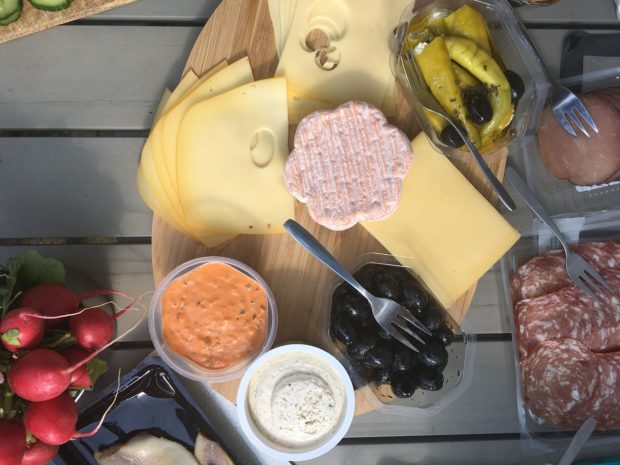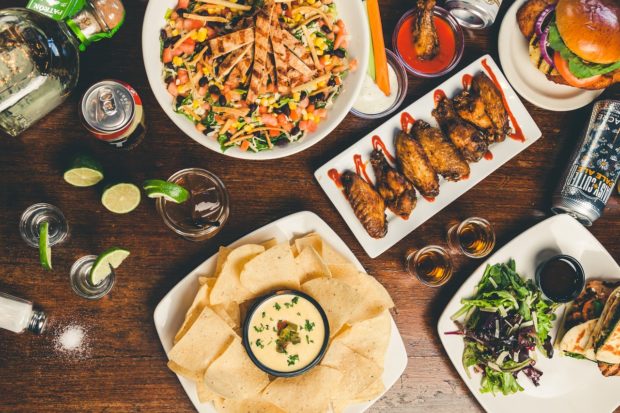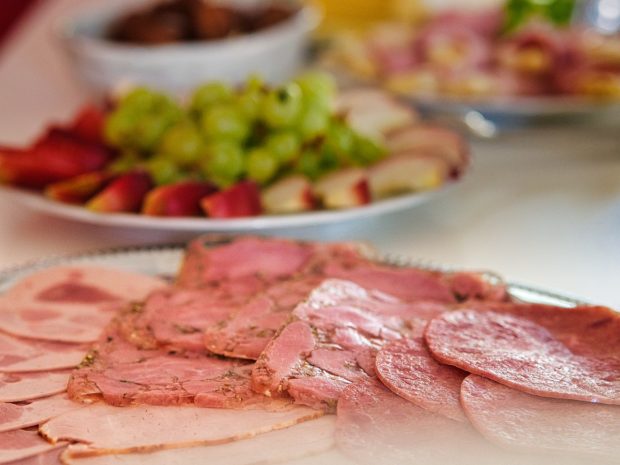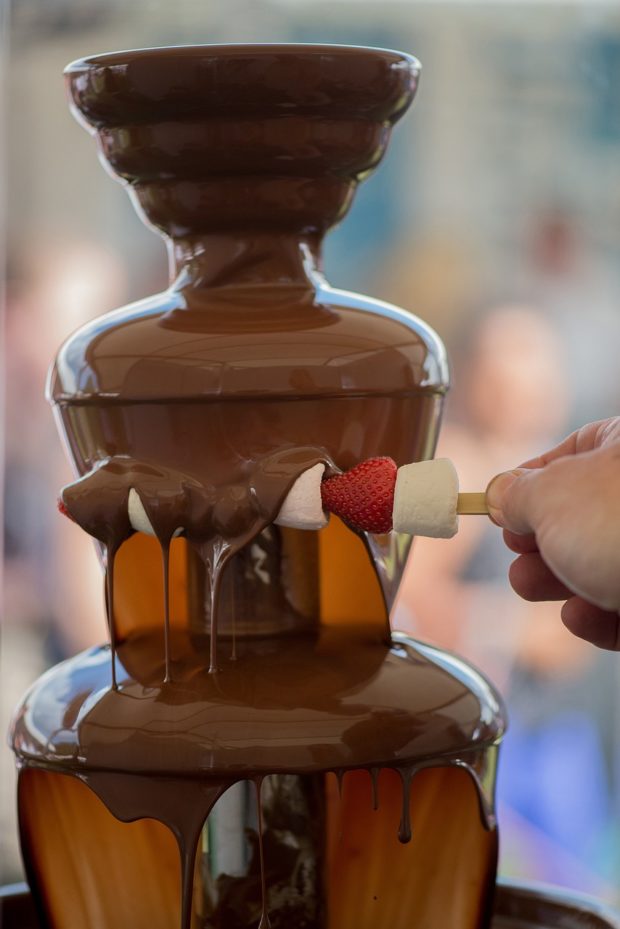Brunches have become a popular dining option for individuals from all walks of life. From celebrating special occasions like weddings, to often serving as the main Sunday meal, brunches offer the opportunity to enjoy delicious favorites in the late morning or early afternoon. First popularized in Great Britain in the late 19th century, brunches remain popular among businesspersons, military personnel, college students, religious groups, and friends. Brunches enable these groups to enjoy unhurried dining while socializing as much as possible.
Key traits of a successful brunch include the atmosphere of leisurely dining, a pleasant and uplifting ambiance, and a diverse array of delectable menu items. Restaurants specializing in the meal, Like Kingfishers Maple Ridge brunch, may also feature seasonal themes, local art showings, or even live music. In addition, one of the most attractive qualities of a competent brunch-serving restaurant is the ability to properly execute a regional theme through both decor and cuisine. For example, a New Orleans restaurant may feature jazz music and Old French Quarter decor while serving world-famous beignets; a New England restaurant may serve fresh-caught seafood on American Classic flatware, and so on. With such emphasis on unhurried dining, the holistic experience of brunching matters just as much as the palatable menu.
With these qualities in mind, it is easy to see why brunch is so much more than pouring a bowl of cereal at midday. While many eateries can offer food for large groups, not all restaurants have mastering the art of hosting successful brunches. The following guide on how to find the best restaurant for brunches can make your next gathering a delightful experience for everyone involved.
How to Identify the Best Restaurants for Brunch
Restaurants that specialize in brunches tend to draw large crowds because they feature popular favorites from both breakfast and lunch menus. This means that regardless of whether someone is a “breakfast person” or “lunch person,” anyone can find a delightful comfort food to eat while socializing. Breakfast foods often include items like pancakes, scones, waffles, croissants, bagels with cream cheese, eggs or omelets, bacon, fresh fruit, or coffee. In addition, lunch menu items may include chicken, large roasts, smoked fish, soup, or seafood salad. Since the concept of brunching emphasizes unhurried dining, many restaurants would not consider the brunch menu complete without the presence of alcoholic drink options.
Before choosing a restaurant, call ahead and determine whether the business offers the following:
- Signature breakfast drinks like mimosas, bloody marys, gin fizzes, spritzes, or bellinis. You should also ensure the availability of non-alcoholic options like mocktails, fresh-squeezed juice, milk, tea, or coffee.
- Food service styles that match group needs, including buffet, table d’hôte, or à la carte
- Accommodations for special occasions such as Mother’s Day, Christmas, Easter, graduation parties, weddings, or company events.
- Upscale ambiance options such as live music or art showings.
- Specializations in regional cuisine. For example, Southern comfort food menus are wildly popular in the American South. A restaurant in the Pacific Northwest may serve house Alaskan salmon, and those in the Southwest may serve Mezo-American fare. In addition, there are distinct cultural options that showcase food specific to a country or ethnicity. For example, the dim sum brunch features a variety of stuffed buns, dumplings, and tea served in rooms decorated with traditional Chinese fixtures.
How to Avoid Lackluster Brunches
Since exquisitely prepared brunches are among the most satisfying dining experiences, there are few culinary instances more disappointing than a lackluster brunch. Fortunately, there are checklist items that you can take into consideration to ensure that the brunch is enjoyable for all guests involved:
- Determine whether the restaurant regularly hosts brunches. For many restaurants, brunch-time is actually the “slow period” for service, resulting in a dull atmosphere. It is best to find a restaurant that has a track record of producing stellar brunches.
- Ensure that the restaurant has enough space for seating, walking, or lounging so that guests can move about and socialize freely
- Confirm that foodservice has a range of food types that range from baked goods, fresh or organic produce, and stove-top dishes. Consider options that accommodate medical or religious diets as well as a range of serving sizes. For example, guests may feel more comfortable if options range from small servings like amuse-bouche to large servings like full lunch entrées if they feel hungrier.
- Inquire about the availability of wait-service. Decide whether you need restaurant staff workers to play an active role in answering guest questions or perform simple tasks (such as clearing tables quickly or immediately replacing half-filled pans to keep displays appetizing).
- Ask about the restaurant’s policy for uneaten food (e.g., whether the restaurant offers take-home containers or can donate the excess food to your favorite charity).
- If possible, visit the restaurant venue to confirm that restrooms and lavatories are clean, spacious, and comfortable.
How to Make the Most of the Brunch Venue
For brunch to proceed successfully, an enticing restaurant venue and ambiance are just as important as having a fresh and appealing brunch menu. Since guests typically dine at brunches for much longer than other meals, a pleasing ambiance can mean the difference between an unforgettable experience and a meal one would rather forget. Keep the following considerations in mind when choosing the right venue for your brunch event:
- Indoor and outdoor space: If weather or climate permits, consider choosing a venue that allows guests to eat outdoors if desired. For example, restaurant venues with gazebos, decks, and patios, or lakeside seating can give guests the leisurely experience they crave.
- Opulent table settings: If appropriate for the event, details like white tablecloths and napkins, fine silverware, place cards, and elegant china can produce a luxurious experience. Ask the venue about various options.
- Dramatic Accents: Gorgeous centerpieces (such as a chocolate fondue or champagne fountain, floral or fruit arrangement, or central ice structure) can represent the talk of the party.
- Guest Empowerment: Consider setting up food stations for guests to customize their meals. Options include made-to-order omelets, meat-carving stations, and open bars.
- Professional party planner: If your brunch party is large or options begin to feel overwhelming, consider hiring a professional planner. Some planners offer discounts for low-key events, recurring events (such as weekly brunches), or special events (like holidays or anniversaries). In addition, be sure to check whether the restaurant offers party packages.
Conclusion
Brunches can offer an escape from the ordinary, celebrate regional culture, and offer a great compromise between breakfast and lunch menu items. Importantly, brunches often offer unmatched opportunities for socializing and networking at an unhurried pace. By choosing the right restaurant, you can provide invited guests with a pleasant dining experience that may make brunch their new favorite meal.
The post How To Find The Best Restaurant For Brunch appeared first on YourAmazingPlaces.com.
from YourAmazingPlaces.com https://ift.tt/2B3cGPO












0 comments:
Post a Comment